The photographers who captured rebels, rejects and outcasts on the edges of society
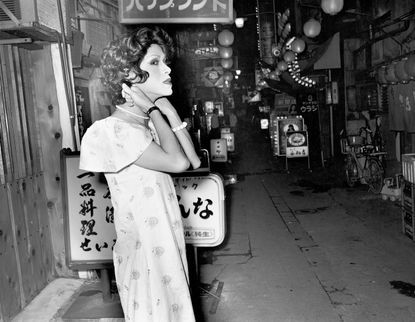
Diane Arbus, the photographer of people on the peripheral, famously once said: ‘A photograph is a secret about a secret. The more it tells you the less you know.’
Her words ring true at ‘Another Kind of Life: Photography on the Margins’, the Barbican Art Gallery’s new photography exhibition in London – a group show of some 20 contemporary artists who fascinated with life on the edges of society. Like Arbus, their position, and relationship with the people they portray, is often complicated, and sometimes problematic. Arbus was driven to the edge herself by her own work, committing suicide in 1971.
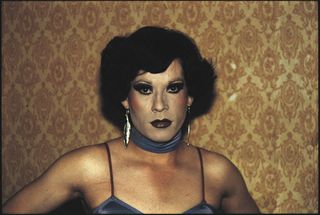
Evelyn, La Palmera, Santiago, 1983, by Paz Errázuriz, from the series La Manzana de Adán (Adam’s Apple). © Paz Errázuriz. Courtesy of the artist
The erotic frisson and illicit allure of pictures of rebels, rejects and reprobates by Larry Clark or Daido Moriyama – darkly lit, edgy, morbose – points at the perversion of peeking in, something the camera has allowed artists to do. Images they shot between the 1960s and 80s, included in the show, unearthed urban subcultures in the pre-digital age, making them visible to the masses, for better and worse.
Decades later, works like Katy Grannan’s series – inspired by Robert Frank’s The Americans – leaves the identity of her liminal subjects as ‘anonymous’ – the new kind of social outcast in the Insta-famous age.
Being cast out by society can lead to psychological and physical suffering, and representing the underrepresented often makes the personal political. Chilean photographer Paz Errázuriz shot Adam’s Apple, portraits of transgender sex workers in a brothel, in the mid 1980s, during the military dictatorship of Pinochet, and as the AIDs crisis raged worldwide – but the focus of her images is the faces.
The lives of many of the photographers here – such as Walter Pfeiffer, Dayanita Singh – were intertwined with the subcultures they shot, some of them photographing close friends, their pictures a way to preserve memories for each other. Why and how people end up living on the fringes of society is a poignant question their pictures raise.
The people and places may have changed, but the pictures remain, anonymous but symbolic. Bruce Davidson’s prolific documentation of a safe haven for transvestites in the 1950s presents a history that would have otherwise been invisible today, and is a celebration above all of how people find support in one another when the rest of the world has turned them away.
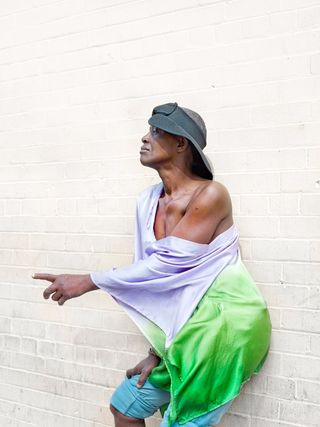
Anonymous, San Francisco, 2009, by Katy Grannan, from the series Boulevard. © Katy Grannan. Courtesy of the artist and Fraenkel Gallery, San Francisco

Pista de Baile del club ‘Arthur’s’ (Dance floor of the club ‘Arthur’s’), 2016, by Teresa Margolles. Courtesy of the artist and Galerie Peter Kilchmann, Zurich, Switzerland
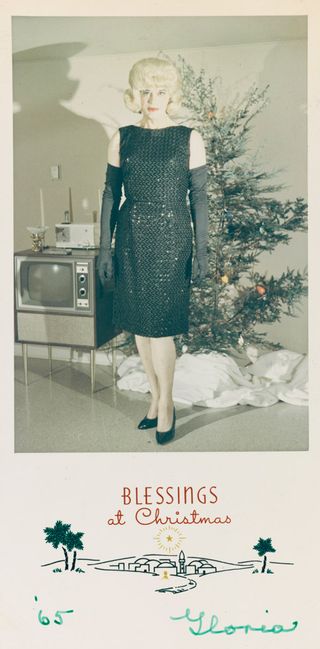
[Christmas card from Gloria in a black dress], 1965, from the Casa Susanna Collection, attributed to Andrea Susan. © Art Gallery of Ontari

Untitled, 1963, by Larry Clark, from the series Tulsa, 1962-1971. Courtesy of the artist, Luhring Augustine, New York and Simon Lee Gallery, London
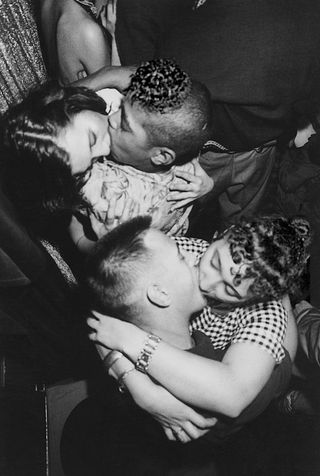
Untitled, 1982, by Philippe Chancel, from the series Rebel’s Paris, 1982. Courtesy of Melanie Rio Fluency, France

Tiny. Seattle, Washington, by Mary Ellen Mark, from the series Streetwise, 1983. © Mary Ellen Mark. Courtesy Howard Greenberg Gallery New York
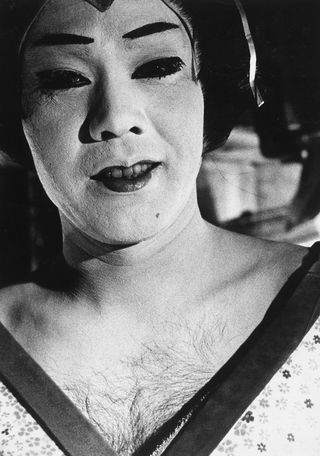
Japan Theater, by Daido Moriyama, from the series Japan Photo Theater. Courtesy of Michael Hoppen Gallery, London, UK, and Daido Moriyama Photo Foundation
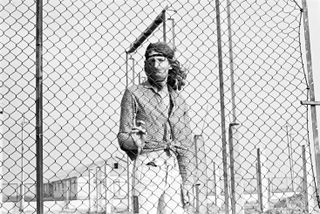
Untitled XVI, Stavropol Krai, USSR, 1977, by Igor Palmin, from the series The Enchanted Wanderer, 1977.
INFORMATION
‘Another Kind of Life: Photography on the Margins’ is on view until 27 May. For more information, visit the Barbican Centre website
ADDRESS
Barbican Centre
Silk Street
London EC2Y 8DS
Wallpaper* Newsletter
Receive our daily digest of inspiration, escapism and design stories from around the world direct to your inbox
Charlotte Jansen is a journalist and the author of two books on photography, Girl on Girl (2017) and Photography Now (2021). She is commissioning editor at Elephant magazine and has written on contemporary art and culture for The Guardian, the Financial Times, ELLE, the British Journal of Photography, Frieze and Artsy. Jansen is also presenter of Dior Talks podcast series, The Female Gaze.
-
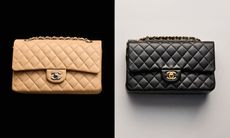 The story behind Chanel’s iconic handbags, the 2.55 and the 11.12
The story behind Chanel’s iconic handbags, the 2.55 and the 11.12The liberated spirit of Coco Chanel runs through the house’s most memorable handbags, which are being put back centre stage by current creative director Virginie Viard. Here, Wallpaper* takes a closer look
By Jack Moss Published
-
 Naran hyper coupé signals new car brand Naran Automotive’s fresh approach
Naran hyper coupé signals new car brand Naran Automotive’s fresh approachAmeerh Naran, CEO of Naran Automotive, believes his forthcoming high-performance four-seater Naran hyper coupé will shake up the world of collectable hypercars
By Jonathan Bell Published
-
 A Czech family house is enhanced by bespoke design and furniture
A Czech family house is enhanced by bespoke design and furnitureAoc Architekti has shaped a modern Czech family house around large windows and terraces to make the most of its hillside suburban site
By Jonathan Bell Published
-
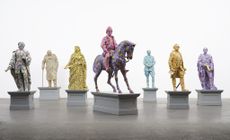 Yinka Shonibare considers the tangled relationship between Africa and Europe at Serpentine South
Yinka Shonibare considers the tangled relationship between Africa and Europe at Serpentine SouthYinka Shonibare‘s ‘Suspended States’ at Serpentine South, London, considers history, refuge and humanitarian support (until 1 September 2024)
By Tianna Williams Published
-
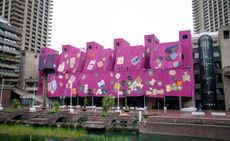 Ibrahim Mahama tells us why he has covered the Barbican in pink fabric
Ibrahim Mahama tells us why he has covered the Barbican in pink fabricIbrahim Mahama's 'Purple Hibiscus' has transformed the Barbican’s Lakeside Terrace
By Hannah Silver Published
-
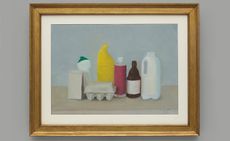 Gavin Turk subverts still-life painting and says: ‘We are what we throw away’
Gavin Turk subverts still-life painting and says: ‘We are what we throw away’Gavin Turk considers wasteful consumer culture in ‘The Conspiracy of Blindness’ at Ben Brown Fine Arts, London
By Rowland Bagnall Published
-
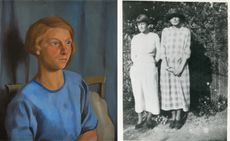 Dorothy Hepworth and Patricia Preece: Bloomsbury’s untold story
Dorothy Hepworth and Patricia Preece: Bloomsbury’s untold story‘Dorothy Hepworth and Patricia Preece: An Untold Story’ is a new exhibition at Charleston in Lewes, UK, that charts the duo's creative legacy
By Katie Tobin Published
-
 Don’t miss: Thea Djordjadze’s site-specific sculptures in London
Don’t miss: Thea Djordjadze’s site-specific sculptures in LondonThea Djordjadze’s ‘framing yours making mine’ at Sprüth Magers, London, is an exercise in restraint
By Hannah Silver Published
-
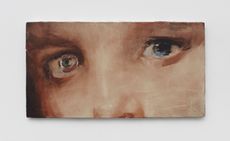 ‘Accordion Fields’ at Lisson Gallery unites painters inspired by London
‘Accordion Fields’ at Lisson Gallery unites painters inspired by London‘Accordian Fields’ at Lisson Gallery is a group show looking at painting linked to London
By Amah-Rose Abrams Published
-
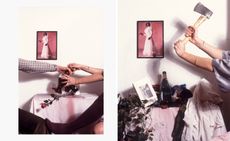 Fetishism, violence and desire: Alexis Hunter in London
Fetishism, violence and desire: Alexis Hunter in London‘Alexis Hunter: 10 Seconds’ at London's Richard Saltoun Gallery focuses on the artist’s work from the 1970s, disrupting sexual stereotypes
By Hannah Silver Published
-
 Wayne McGregor’s new work merges genetic code, AI and choreography
Wayne McGregor’s new work merges genetic code, AI and choreographyCompany Wayne McGregor has collaborated with Google Arts & Culture Lab on a series of works, ‘Autobiography (v95 and v96)’, at Sadler’s Wells (12 – 13 March 2024)
By Rachael Moloney Published